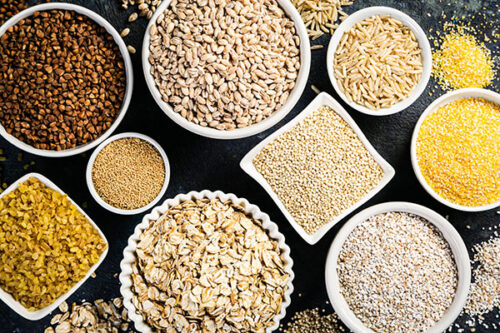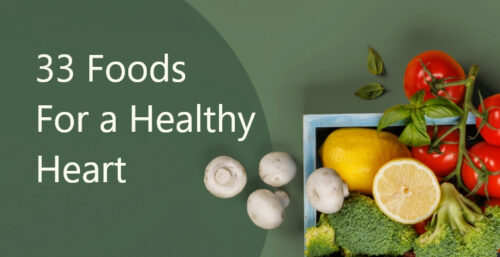Immediate Harm From One Fatty Meal
A study titled Post-prandial remnant lipids impair arterial compliance by Paul J. Nestel in the February 2001 issue Journal of the American College of Cardiology found a 27% decrease in arterial compliance after a single meal consisting of 67% of the calories as fat.1 The study fed 16 subjects (with various initial cholesterol and triglyceride levels) a meal consisting of a ham and cheese sandwich, buttered bread, whole milk, and ice cream.
Their results were compared to 20 subjects who ate a diet containing 10% of the calories as fat (breads, breakfast cereal, fruit, low-fat milk, and spreads). No impairment on arterial wall compliance was seen with the low-fat feeding. The compliance was determined by ultrasound measurements over the ascending aorta (large artery leading from the heart) and the right carotid artery (neck). This single meal caused no significant change in average blood cholesterol (total, LDL, or HDL).
COMMENT: Compliance of the blood vessel is the ease with which the vessel wall expands with the change in blood pressure in the artery as the heart beats. Stiff arteries cause the blood pressure to rise and act as one mechanism causing hypertension. The top number in a blood pressure reading (systolic pressure) is affected more with impaired compliance than the bottom (diastolic) number. Decreased compliance may also lead to permanent damage to the structural components of the artery wall (fractures of the elastic lamellae). Impaired compliance of the artery walls also predicts a greater risk of carotid artery closure, stroke, and death from all causes.
By coincidence, that same amount of fat (67% of the calories) was fed to people in different experiments in the early 1950s.2 These researchers found that fat caused the circulation to sludge. Before the fat feeding, blood cells flowed easily through the blood vessels because their cell surfaces naturally repelled each other. After the meal, the cell surfaces became coated with fat, sticking the cells together and sludging the blood to a halt. This resulted in a decrease in the oxygen content of the blood by 20%. 3 These overall changes raise blood pressure, cause chest pain in people with narrowed heart arteries, and produce post-meal fatigue. Thus, here are two profound and immediate adverse effects of a typical American meal on your blood vessels and circulation. This news should make everyone pause and rethink before planning a meal in or out of the home.
References:
1. Nestel P. Post-prandial remnant lipids impair arterial compliance. J Am Coll Cardiol 37:1929-35, 2001.
2. Friedman M. Serum Lipids and conjunctival circulation after fat ingestion in men exhibiting type-A behavior pattern. Circulation 29:874, 1964.
3. Kuo P. The effect of lipemia upon coronary and peripheral arterial circulation in patients with essential hyperlipemia. Am J Med 26:68, 1959.
Recommended Articles

The Truth About Starch (Anti Wheat Belly & Grain Brain)

33 Foods For a Healthy Heart






